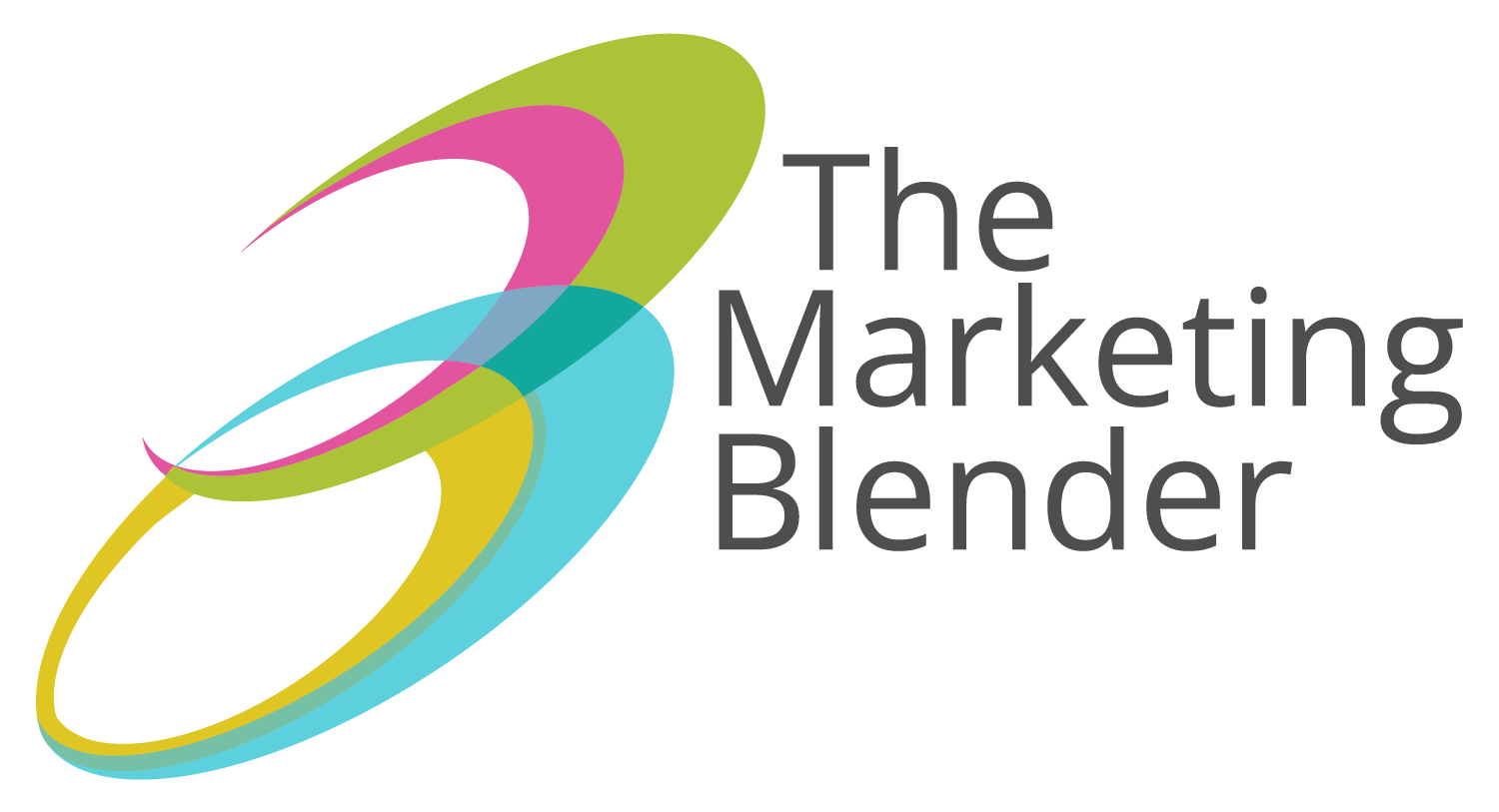How automation can transform your B2B marketing effectiveness and results
These days, when most consultants and gurus talk about technology transforming marketing, automation is what they’re referring to. Marketing automation is a blanket term for software, tools, and platforms that streamline, automate, and measure tasks and workflows to increase operational efficiency. Examples can be as complex as lead generation campaigns and email nurture campaigns, or as simple as scheduling social media posts in advance.
The 11 transformational benefits of marketing automation for B2B companies
The overarching benefit of marketing automation is optimization. When you automate everything you can, you’re able to focus on the things that can’t be automated. Optimize your marketing and you can drive sustainable growth.
- Make your teams more efficient and effective
By replacing manual, repetitive tasks with automated workflows and rules, you free up your team’s time, energy, and thinking to focus on more meaningful and impactful work. In addition to this increased productivity, there are also intangible benefits like positive effects on creativity, well-being, and company culture.
- Improve your sales and marketing alignment.
In far too many organizations, sales and marketing teams have always butted heads. It doesn’t have to be this way. But when two different teams are trying to reach their own unique goals using different tools, it’s no wonder tensions and inefficiencies linger. Fortunately, marketing automation can improve the number and quality of leads and streamline traditionally cumbersome processes, like assigning leads and follow-up.
With clearly defined workflows and up-to-date reporting, B2B marketing automation can reveal bottlenecks and inefficiencies in your marketing and sales pipeline. For example, if only a low percentage of leads are converting, your marketing department will see actionable data displayed in a dashboard that reveals that their nurturing campaigns need to improve results on the number of Sales Qualified Leads.
3. Define and refine your marketing processes.
To implement any marketing automation solution, you must first visualize and document your customer’s journey and your B2B marketing strategy. Doing so enables you to create and automate processes around how you target, acquire, nurture, qualify, and convert leads.

4. Generate more and better leads.
Lead generation is one of the primary goals of B2B marketing strategies. By building a campaign that uses paid media to drive traffic to a landing page with a gated asset and a lead capture form, you can efficiently target, attract, and acquire more leads.
Marketing automation can also give you a more nuanced and deeper understanding of your prospects’ behavior. By tracking where and how users interact with your website, marketing automation software can capture data that gives you insights on where prospects are in their customer journey.
5. Follow-up with every new lead automatically.
By setting rules around specific actions that a prospect takes (for example, completing a form in order to download a gated asset), you can automatically trigger a follow-up, such as sending an email.
6. Prioritize your leads with lead scoring.
Part of setting up a marketing automation solution is creating a set of rules and criteria that automatically scores incoming leads based on what you know about them and what actions they take.
Most automation tools score leads on a scale of 1 to 5 and ranks them as a Marketing Qualified Lead (MQL) or a Sales Qualified Lead (SQL). With all leads properly categorized, they receive the right follow-up; i.e., an MQL is nurtured until it becomes an SQL, and only SQLs are assigned to a member of the sales team. So, the sales team no longer wastes time and effort on unqualified leads.
7. Repurpose existing content to nurture leads.
Consistently writing relevant blog posts is a good way to increase your thought leadership and SEO. However, most marketing teams share their blog posts only once or twice on social media or in an email newsletter. But with marketing automation, you can create rules for sharing or recommending your best content at different points along the customer journey to educate or inspire your leads and existing customers.
8. Reduce lead conversion time.
By following up, nurturing, and qualifying leads more efficiently and effectively, you will speed up the process of turning a lead into a paying customer.
9. Increase the value of your CRM system.
By connecting your CRM system with your marketing automation platform, you can capture more details about your leads and customers over time, enabling you to better engage them. Integrating your CRM and marketing data makes both more valuable by powering better insights.
10. Learn from reporting what’s working and what’s not.
In combination with your CRM system, marketing automation software can measure, compare, and analyze the effectiveness of your marketing efforts. You’ll know what campaign elements perform best for your different buyer personas.
11. Increase revenue and customer lifetime value.
Becoming more effective at qualifying leads also means that you can prioritize leads based on the likelihood of them converting and by the potential size of a deal. By focusing on converting your best leads, you can boost sales and new revenue.
In addition to better lead management, you can also enhance your communication and relationship with existing customers. By creating a series of rules and triggers, you can automate how you follow up with each customer and more effectively cross-sell and up-sell. Not only can you sell more but you can also ensure that your customers are engaged.
Where should you begin?
How can you effectively implement marketing automation for your business? In a 20-minute discovery call, a Blender strategist can walk you through the options. Contact us to schedule a call now.
The Marketing Blender is a full-service B2B marketing agency focused on accelerating growth for clients in manufacturing, healthcare, software, and professional services.
You can share this article using the social icons below and sign up for the Blender newsletter for more insights here.
Interested in FREE advice that will help you propel your sales? Join Blender’s Blog today!




